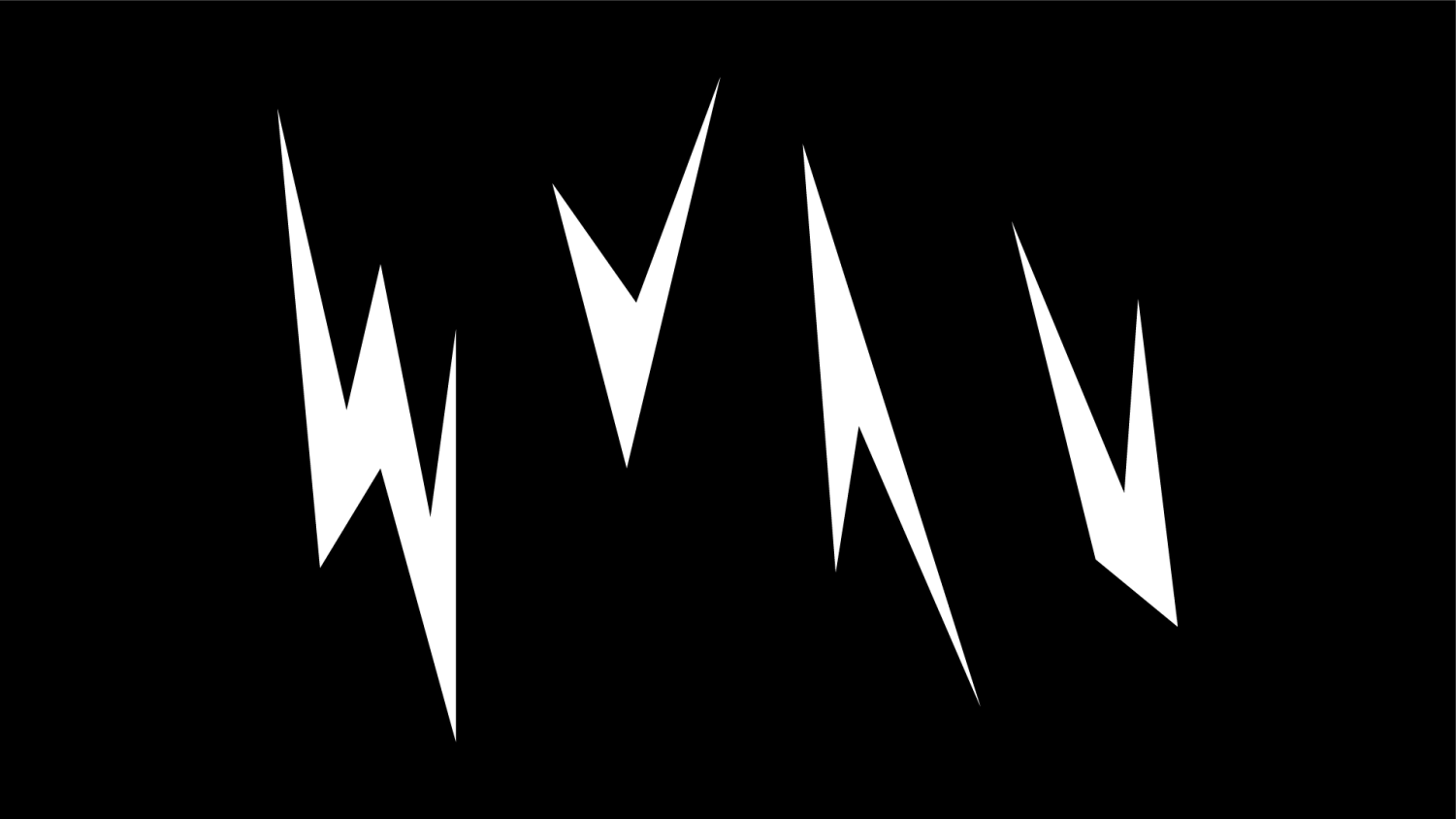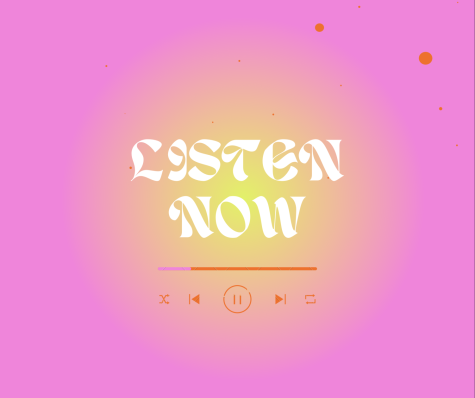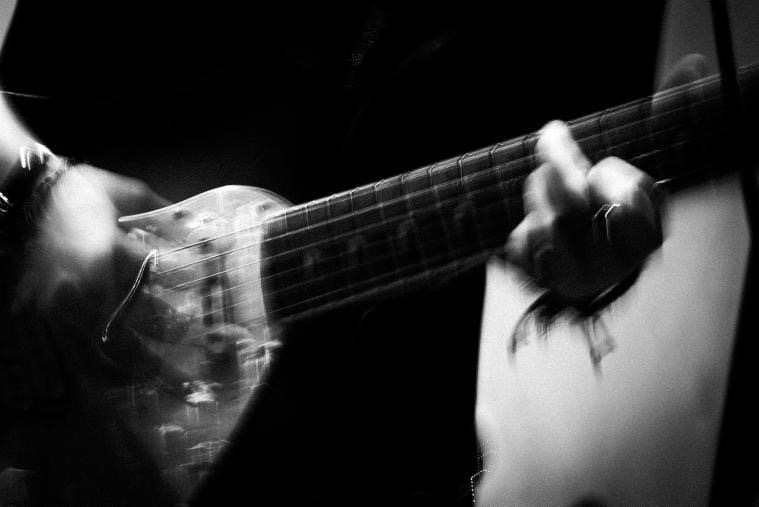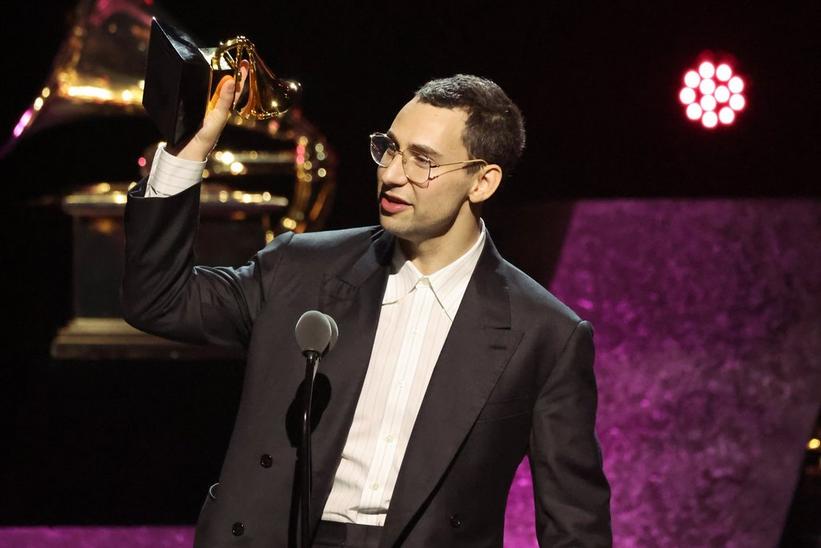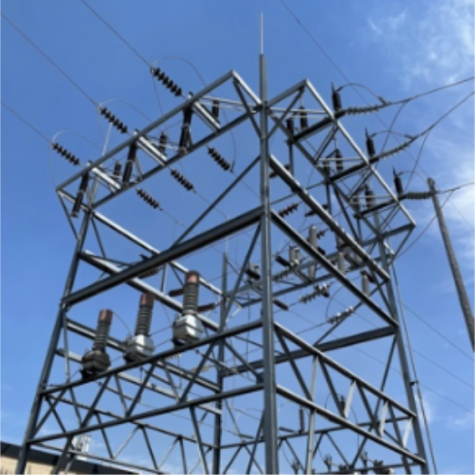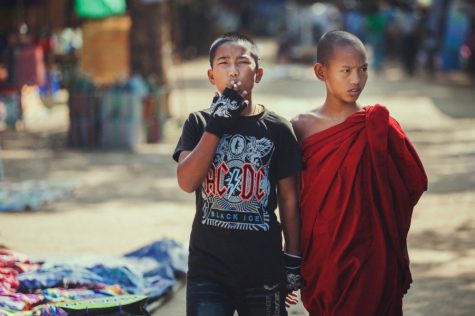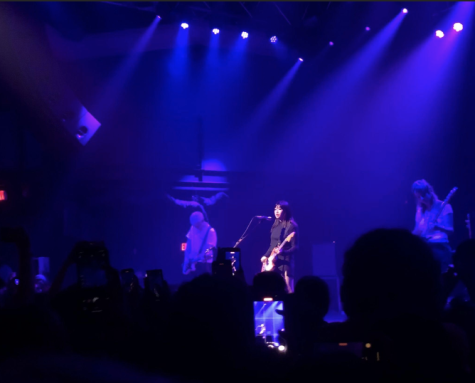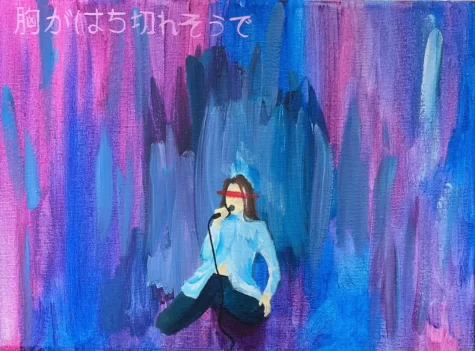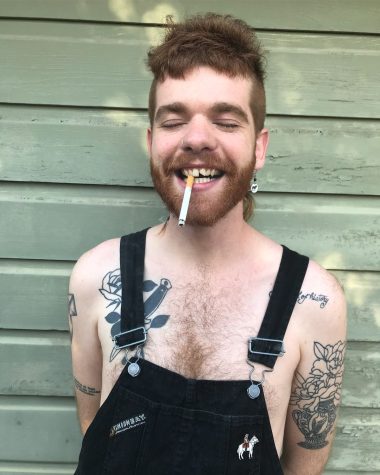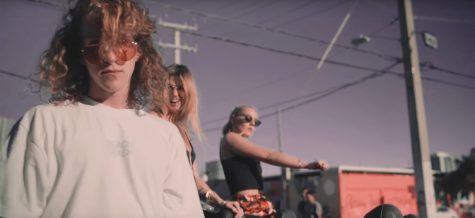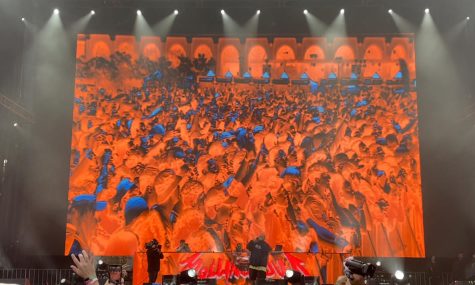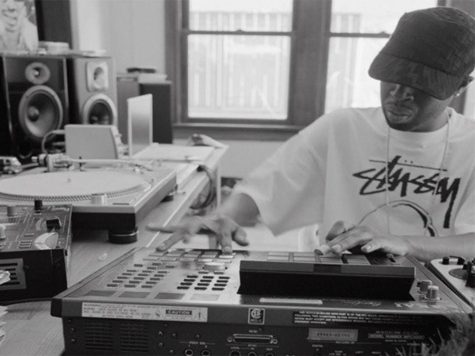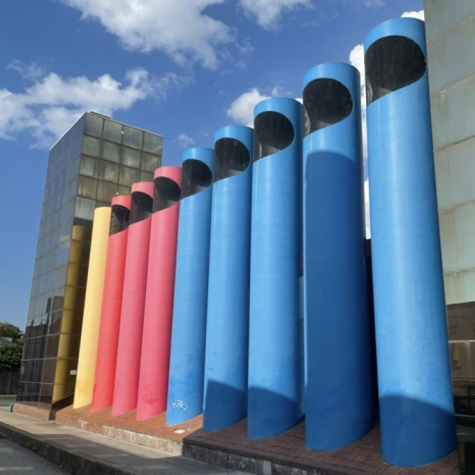Around the Outside: Origins of Underground Rap – Alternative Rap
September 24, 2013
Alternative Rap is considered to be both an influence and related to underground hip hop. This is due to both the musical style and lyrical discussions that focused on the outskirts of hip hop in the early 1990s.
Alternative rap originated in the early 1990s with the same East and West coast division that contextualized the mainstream hip hop scene of the same decade. Yet, the difference in location for the alternative rap scene lacked the drastic difference in beats that made up the mainstream scene. Rappers from both coasts brought the genre blurring that made up alternative rap. Jazz, funk, soul and more were combined to create a style both unique, compared to the mainstream, and reminiscent of African American music that previously did not relate to hip hop’s beats. The East Coast was led by A Tribe Called Quest, De La Soul, and Brand Nubian; while the West Coast was led by The Pharcyde, Del Tha Funkee Homosapien and Jurassic 5.

Of particular importance in Alternative Rap was De La Soul due to the daisy age nature of their debut, Three Feet High and Rising. The upbeat tempos and beats continued to be used in the 1990s alternative rap scene even after De La Soul left their happy-go-lucky image with De La Soul is Dead. The debut challenged mainstream rap conventions of street-life and experimented both musically, with soul and disco, and lyrically,with a wide array of humorful and direct focuses. Love, drugs, peace and more. Genres previously not focused on in hip hop were brought to the forefront by De La Soul’s debut. Yet, the most significant message on Three Feet High and Rising was “Me, Myself And I” a track that distinguished alternative hip hop from the mainstream, yet proved that their style was here to stay.
So with such a distinct music style from the 1990s mainstream rap, what prevents Alternative Rap from being considered the precursor of underground rap? To start, the lack of centralization and long-term fan support that allowed the underground scene to thrive prevented alternative rap from thriving on its own. Sure, alternative rappers were creating similar styles, yet they lacked the diversity needed and there was very little of a close knit interaction. Plus, the complexity and diversity of the lyrics were not natural to rap fanatics who grew up on NWA. Instead, the public gave their support to East Coast hardcore rap and West Coast G Funk. It’s not just the failure of alternative rap to gather a close following that prevents it from being closely linked to underground rap, it also has to do with the revivalist success gained by alternative rap in the 2000s.
Artists like Outkast, Kanye West and Gnarls Barkley used the same fusion of beats that made up the original alternative rap scene. Yet the mainstream success of these rappers and the lack of recognition towards their early-1990s influences and the underground scene prevents this alternative rap revival from influencing the underground scene, and puts the early 90s influences to the side. Despite the lack of success and recognition, alternative rap did prove an alternative to the mainstream was possible and showed the necessity for centralizing a movement and gaining a strong fan support.
